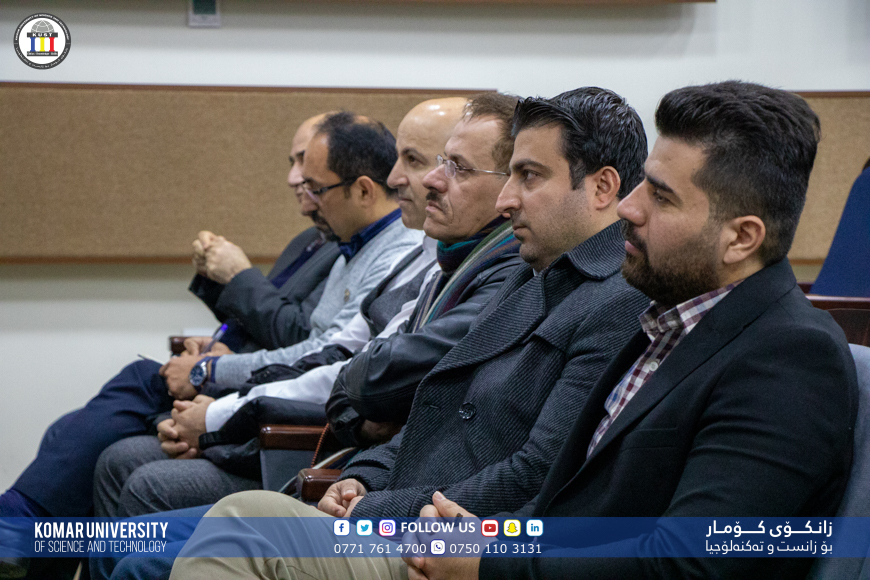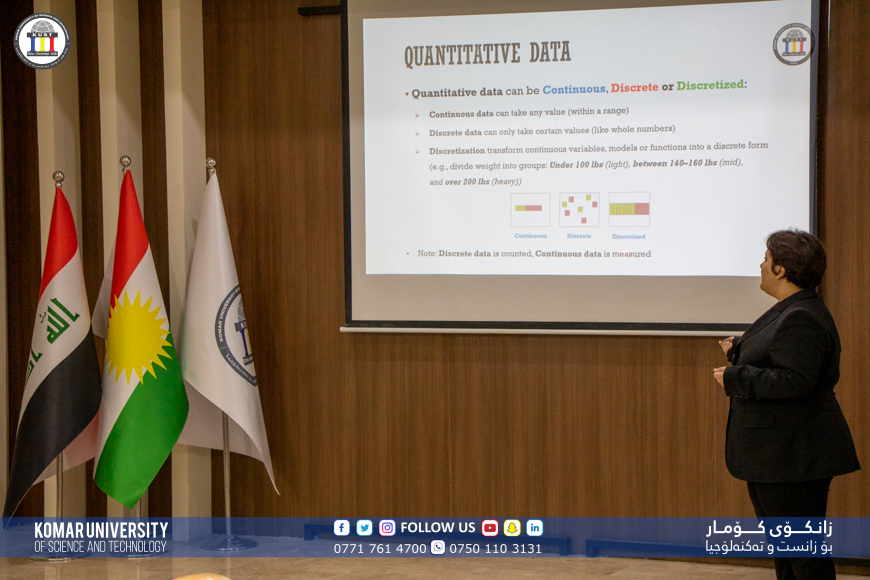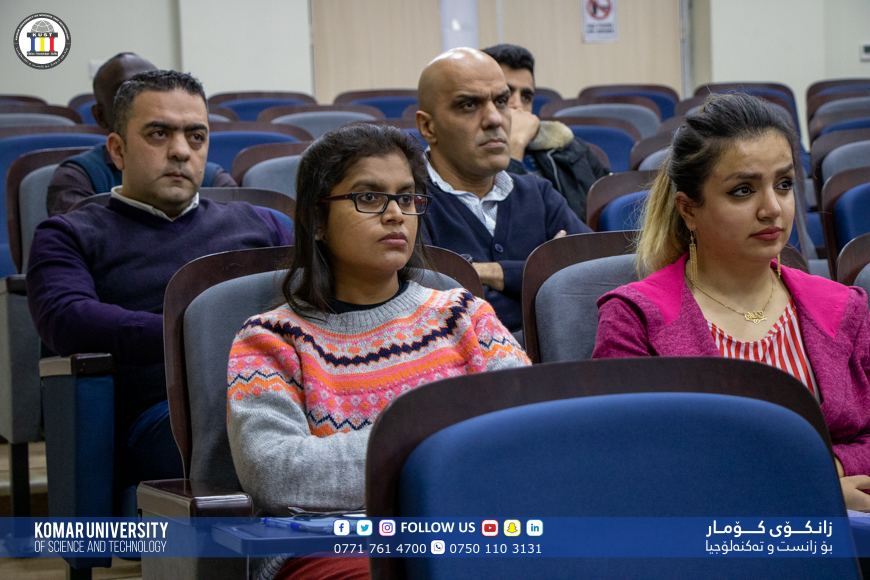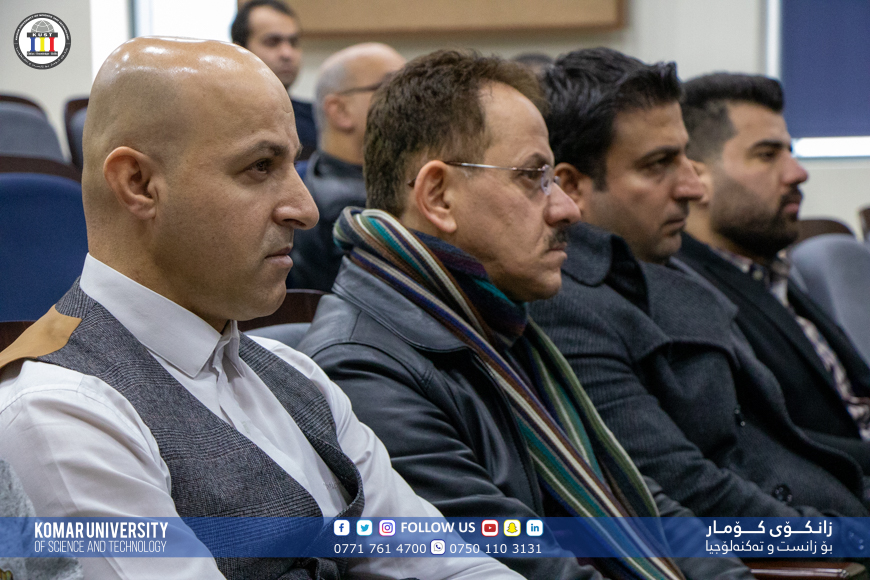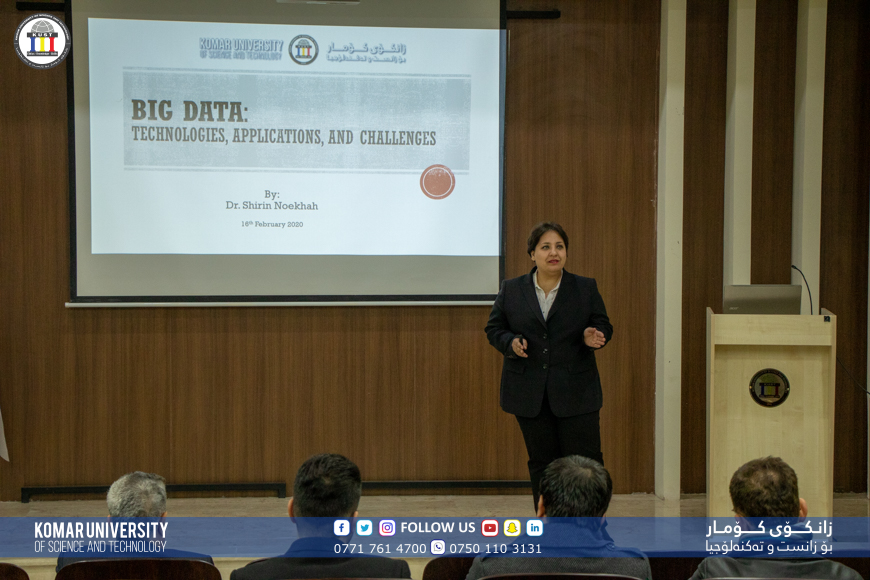
Big Data: Technology, Applications, and Challenges
On Sunday, Feb 16th, Dr. Shirin Noekhah, presented a seminar entitled Big Data. She introduced the Big Data concept by describing data as quantities, characters, or symbols on which operations are performed by a computer, which may be stored and transmitted in the form of electrical signals and recorded on magnetic, optical, or mechanical recording media. She added that Big Data is also data but with a huge size. It is used to describe a collection of data that is huge and yet growing exponentially with time. In short, such data is so large and complex that none of the traditional data management tools are able to store it or process it efficiently. Big data technologies and initiatives are rising to analyze this data for gaining insights that can help in making strategic decisions. When such enormous volumes of data can be analyzed in a single context, certain kinds of trends can become visible that otherwise would remain hidden.
She explained that Big Data can be found in three forms Structured, Unstructured, and Semi-structured. Volume, Variety, Velocity, and Variability are the main four characteristics of big data. The ability to process Big Data brings in multiple benefits, such as:
- Businesses can utilize outside intelligence while taking decisions
- Access to social data from search engines and sites like Facebook and Twitter enables organizations to fine-tune their business strategies
- Improving customer service
- Early identification of risk to the product/services, if any
- Better operational efficiency
Dr. Noekhah discussed the Big Data technologies which can be used for creating a staging area or landing zone for new data before identifying what data should be moved to the data warehouse. In addition, such integration of Big Data technologies and data warehouse helps an organization to offload infrequently accessed data.

